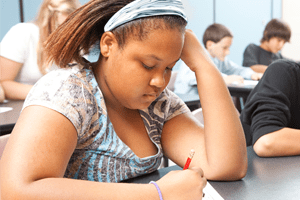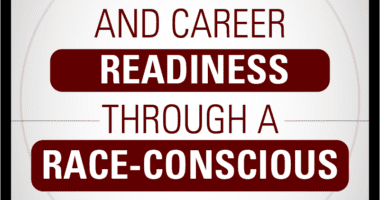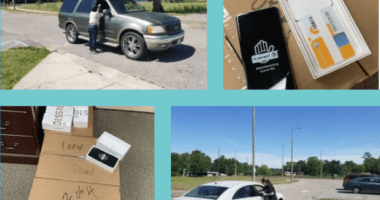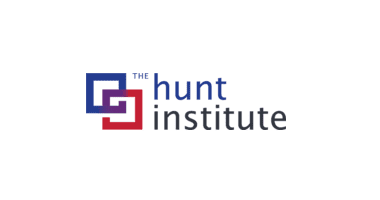The Road to Readiness: Running in Neutral
“If I fail it, my teacher said I can just take it again next year.” His words came out with all the calm of someone who’d just missed their bus and would catch the next in five minutes. But the high school freshman was talking about a full year of delay. Surely there was still time for intervention; it wasn’t even halfway through the marking period yet. But he was in a school where things like this were not rushed — or even particularly worried about. He’d just catch algebra I, part I, the next time around. No one seemed too alarmed, so he wasn’t either.
What this student didn’t yet know — but surely his counselor and teacher should have — is that one failed course like this can start students on an endless game of catch-up through high school, compromising their ability to reach the high-level courses so critical to postsecondary readiness.
Sadly, this freshman wasn’t the only one left to stumble.
The graduating class of 2013 collectively lost roughly 3.4 million credits to course failures, according to our latest analysis. And this just represents credits among those who graduate, not the countless lost among those who don’t ultimately get a diploma.
Fifty three percent of graduates who never reached the full college-ready curriculum had at least one course failure or withdrawal on their transcript. The numbers by race are even more alarming: Among those who fell short of a college-ready curriculum, 66 percent of black graduates and 70 percent of Latino graduates failed at least one course.
The freshman at the beginning of this piece will be among them, if he makes it to graduation. Now a junior, he is scrambling to recover from academic struggle his freshman and sophomore years, when he had more than his fair share of failure and less than his fair share of help.
Seated in classes with students younger than he while his friends take high-level classes and exciting electives, he now knows that the advice to just “take it again next year” comes with more trade-offs than he knew. “You just can’t recover,” he sighed.
Instead of waiting for students to fail before intervening, some schools are experimenting with ways to prevent course failure in the first place. For example, high schools in Chicago have developed systems to monitor student grades in real-time so that teachers and leaders can implement instructional and cultural interventions that support mastery of the material. Efforts to accelerate learning in middle school and early high school can also help avert some of these patterns. Preemptive efforts are a promising counterpoint to the scramble-approach by which too many schools get students to graduation, but nowhere else.
This post is the second in a series tied to our new report, Meandering Toward Graduation, which examines college and career readiness among our nation’s graduates. Each post shares a student’s story that mirrors the trends we see in the data. Our next post will share the story of George, who attended a school that nurtured his high aspirations.
How Do We Define Curricular Pathways?
College-ready curriculum:
4 credits in English
3 credits in math, including algebra II
3 credits in social studies, including U.S./world history
3 credits in science, including biology and chemistry/physics
2 credits in the same foreign language
Career-ready curriculum:
3 credits in a single career area, like business or health science.












